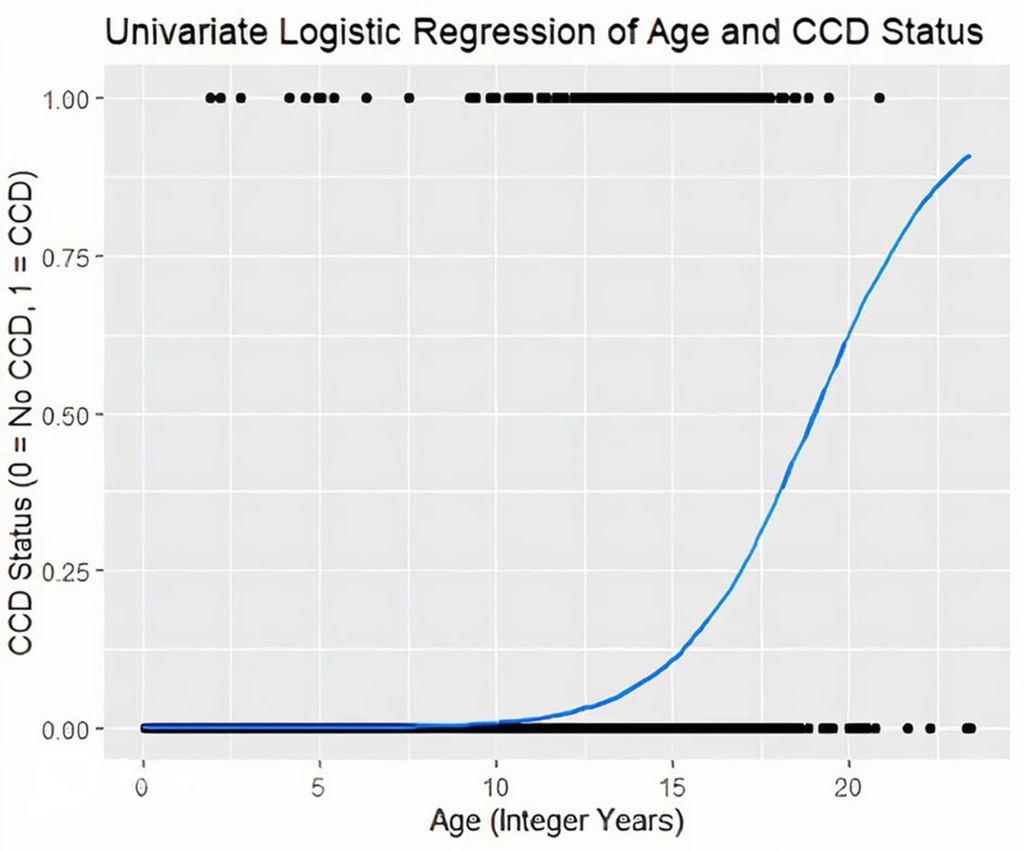Dog dementia risk increases 52% annually after age of 10
Oof oof.
Dogs older than 10 are at risk of developing a neurodegenerative condition called Canine Cognitive Dysfunction (CCD), also known as “doggy dementia,” a new study reveals.
The fresh findings published in Scientific Reports say your fur baby’s risk of CCD is increased by 52% every year after their tenth arfday.
The findings also suggest Fidos that exercise regularly are less likely to develop CCD, with the risk almost 6.5 times greater in inactive dogs compared to those who are very active.
The study notes cognitive function declines as your dog ages and symptoms include memory deficits, loss of spatial awareness, altered social interactions and sleep disruption.
Sarah Yarborough from the University of Washington and her team analyzed 15,019 dogs in the Dog Aging Project, a longitudinal study of aging in pet pooches in the USA, conducting surveys between December 2019 and 2020 with the goal to understand how genes, lifestyle, and environment influence aging.

Owners completed two surveys: the Health and Life Experience Survey (with information about health status and physical activity), and the Canine Social and Learned Behavior Survey, which included questions to test for CCD such as whether the dog failed to recognize familiar people.
Dogs were broken up into groups depending on their lifespans: 19.5% of the dogs were classified as being in their fourth quartile of life, 24.4% were classified as being in their third quartile of life, 27.0% were in their second quartile of life, and 29.1% of dogs were in their first quartile of life.

The study reported only 1.4% of the dogs were classified as having CCD based off their behavior as reported by their owners.
The study found that other factors play a role in dog’s developing CCD. When considering the dog’s age alone, the odds of being diagnosed with CCD increased to 68% for each additional year over the age of 10.
When other factors such as health problems, sterilization, activity levels, and breed type were taken into account, the odds were smaller at 52% for each additional year over 10.
“Previous studies with rodent models have demonstrated that exercise can have protective effects against the development of biological markers and subsequent behavioral deficits characteristic of Alzheimer’s disease,” researchers wrote in the study, adding the observations may reflect a “variety of biologic mechanisms, including a reduction of pro-inflammatory cytokines in the brain that otherwise contribute to neural damage and death, and an increase in neural plasticity.”
“The reduced odds of CCD among more active dogs in our cohort may be a result of these same mechanisms,” the researchers noted. “But it is important to note that this correlation could also exist simply because of dogs exhibiting less activity due to their cognitive decline.”
Researchers say the findings could be a useful tool to determine whether a dog should be screened for CCD by their veterinarian, concluding further research is needed to better understand the disease.
Read the full article Here


